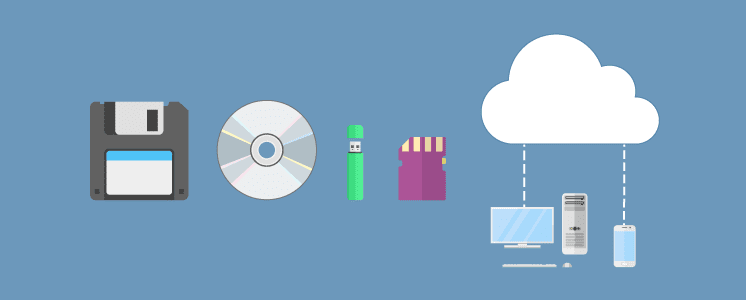Cloud Migration Strategy
What is disruption? It’s a buzz words that is bandied about like crazy in the tech world today. A lot of people set their sites on disruption but few actually achieve it. When you think of disruption as a paradigm shift that alters the way an industry functions, when it does occur the fallout can be seismic.
Cloud computing certainly fits the mold of a disruptive innovation. At least it did. You could argue that the disruptive phase of the cloud phenomenon has subsided as cloud solutions become commonplace.
Of course, just because cloud technology has reached the level of “accepted” doesn’t mean everyone has already adopted it as a business solution. That transition from disruptor status to ubiquity is the spectrum of evolutionary inevitability.
Why add the “inevitability” modifier there? When looking at cloud communications, for example, that environment provides so many benefits and cost savings that once companies sit down and do a cost-benefit analysis it’s pretty obvious which path is lined with a neatly pruned lawn and daffodils, and which one resembles something from a Stephen King novel. Ok, maybe that’s a bit dramatic. But the “doing things the way we’ve always done them, because that’s how we’ve always done it” mentality leaves a lot on the table.
We touched on some of the benefits of moving to the cloud in these pages recently. At this point, however, let’s focus on the hardware element and how the cloud is different from a legacy on-premises system.
Sunken Costs vs. Operational Costs
Legacy on-site systems don’t function in an either/or relationship when it comes to sunken versus operational costs. The very nature of the system itself ensures that both exist. The problem is that the inherent obsolescence in technology means that overtime sunken costs increase. Adding new servers to increase capacity or replacing failed components just necessitates more financial resources.
At the same time, operational costs persist with a legacy system. When we’re talking about automated communications these include procuring voice and data lines. Don’t forget the cost of paying the system administrators who maintain and update both the hardware and software of an on-site system.
At an infrastructure level, the combination of both sunken costs and on-going operating costs makes premises-based systems expensive to manage.
Compare this situation to a cloud communications environment. Vendors purchase the requisite hardware so you don’t have to. Any concerns about technology obsolescence get transferred to the cloud as well. As a result of this, vendors perform all the upgrades and maintenance on the cloud environment. Thanks to economies of scale, switching to cloud makes sunken infrastructure costs disappear faster than Keyser Söze.
Operational costs assume an altered form after adopting cloud infrastructure, too. Many cloud vendors rely on subscriptions whereby companies that use their infrastructure only pay for the resources they use. Think of scalability like an accordion, so whether you use a lot or a little, like an accordion expands and contracts, cloud infrastructure has you covered. This helps to minimize overall operational overhead, if we want to get alliterative for a moment.
Cloud IVR Cost Savings
When using the cloud as part of a strategy to automate communications companies can realize even greater savings. Whether your needs include self-service, communications-enabled business processes, or messaging, using a platform as a service that automates these tasks in conjunction with a cloud environment can result in significant ROI.
These are the factors that can be easily measured. There are other positive ripples from the cloud, like less time having to figure out a telecom strategic plan, and the sheer peace of mind that comes from knowing your infrastructure is always up, running, and available.
Granted, there may be some internal disruption concomitant with migrating from a legacy system at the individual company level, but an improved bottom line helps to soften whatever blows that process may attempt. That’s the reason that “the cloud” is barreling down the fast track, past disruption, toward inevitable business solution.

